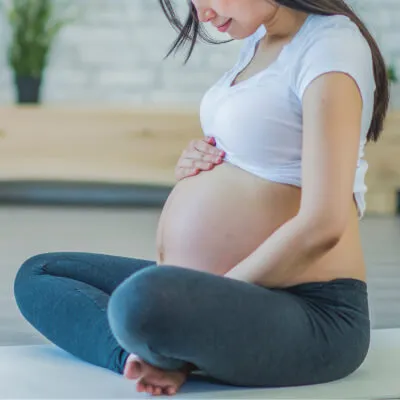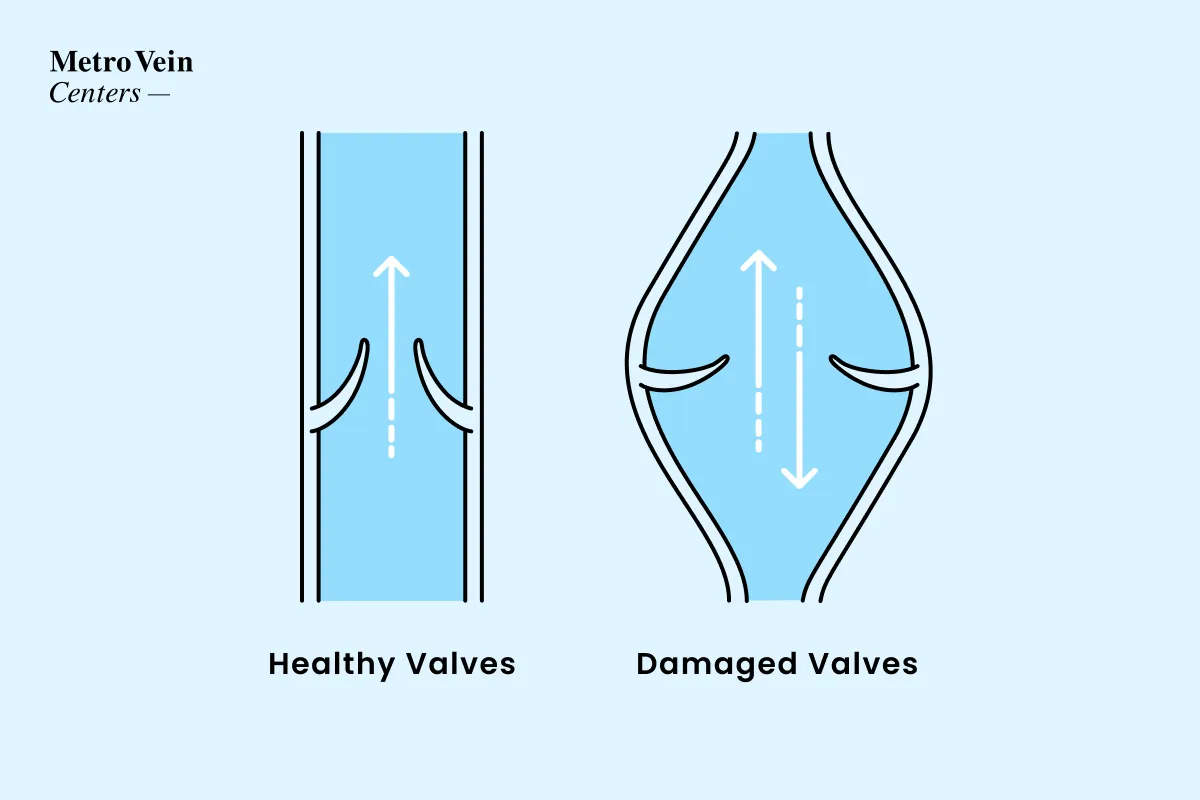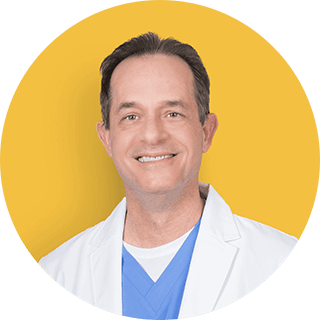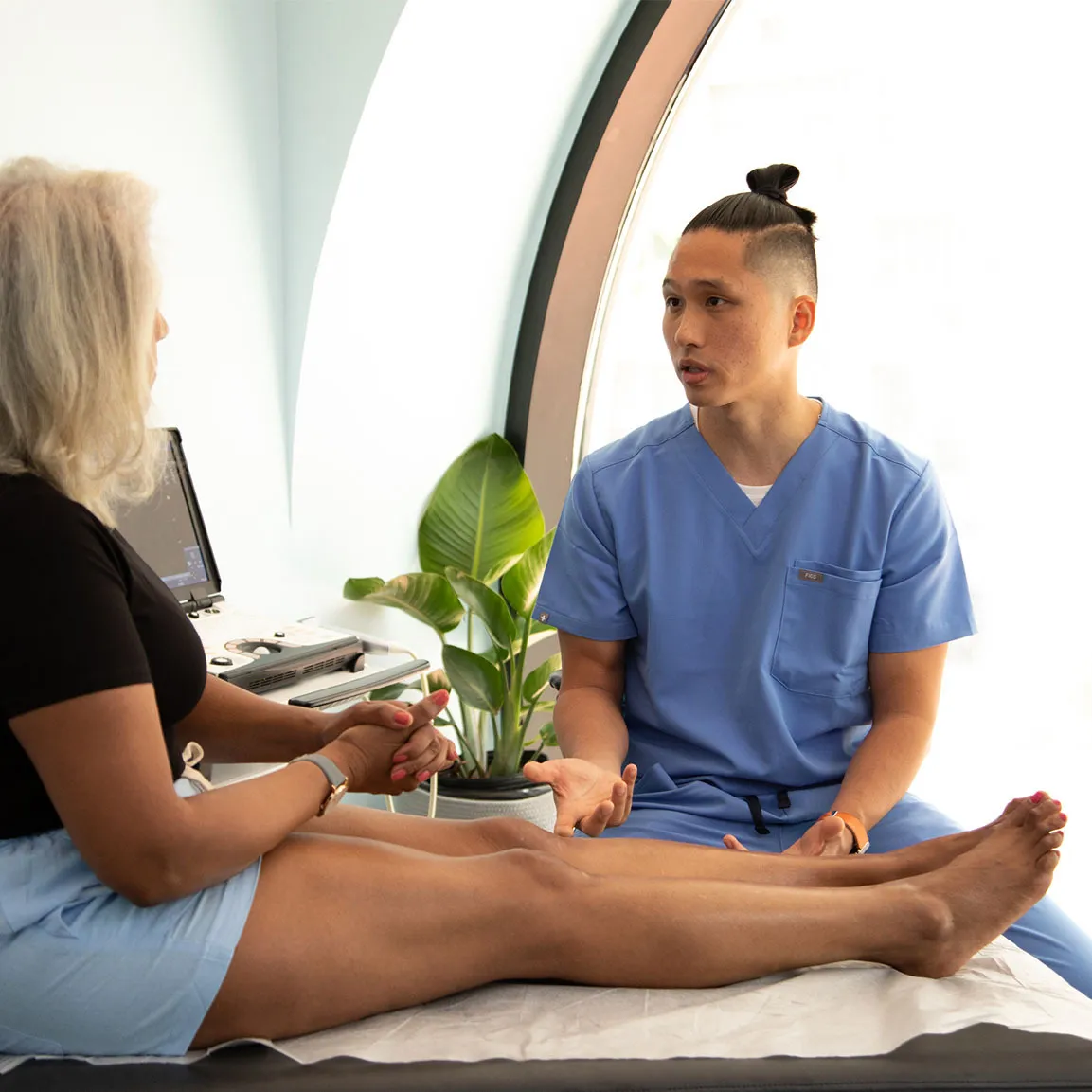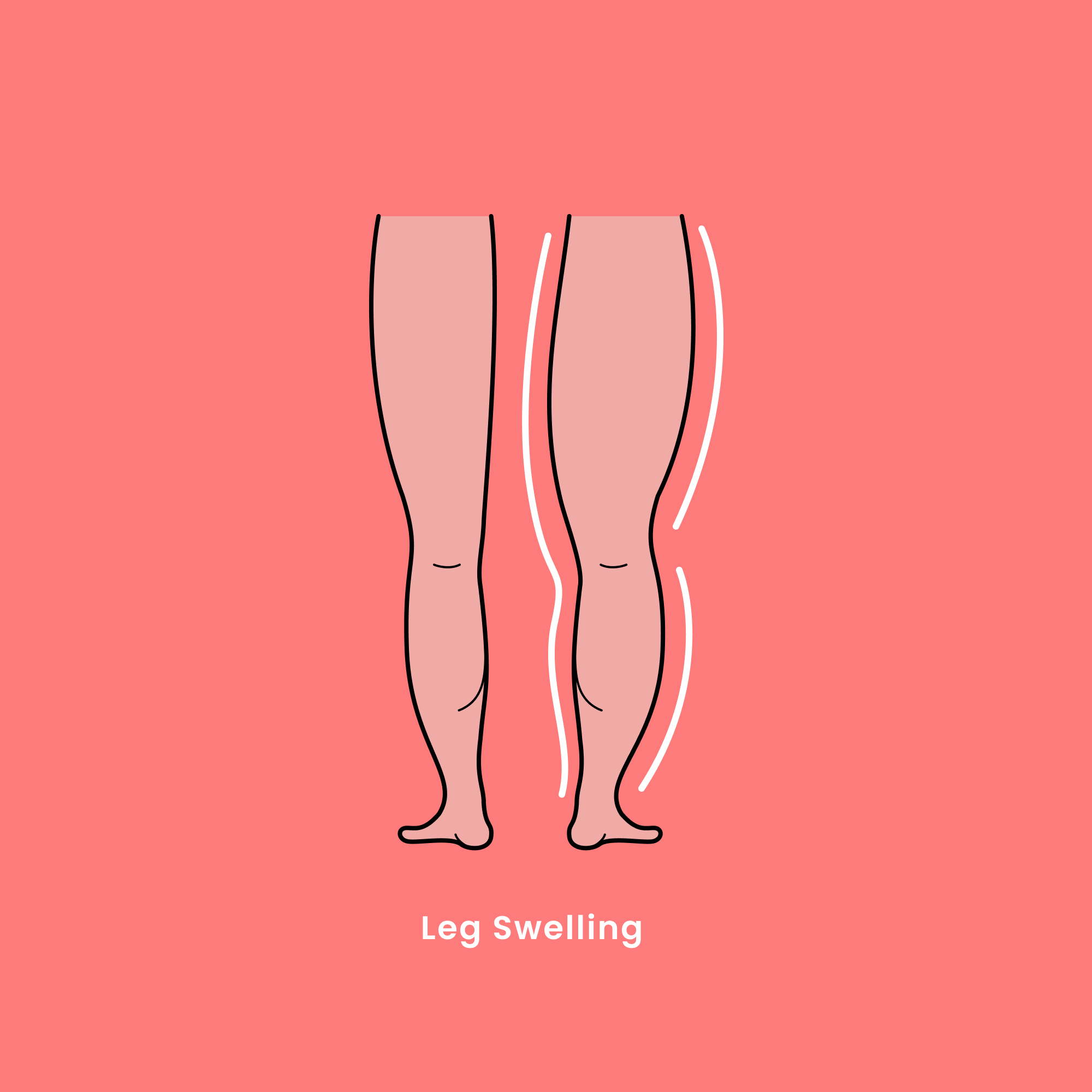
Leg Swelling
Swelling in the legs or veins is a direct result of poor circulation damaging the valves inside your veins. When the valves malfunction, blood is able to flow through veins in both directions (rather than the one-way route it is designed to follow) causing pooling blood, excess pressure, and visible swelling.
What is swelling?
Swelling can be caused by a variety of factors: Edema is swelling due to excess water (common in the third trimester of pregnancies); inflammatory swelling occurs in cases of injury; and venous swelling can occur when veins have been forced to stretch with the burden of pooling blood. In cases of visible swelling in the legs, it is very likely that varicose veins are the culprit, especially if no injuries have taken place or, in some cases, if the swelling is only in one leg (this may be a sign of DVT.
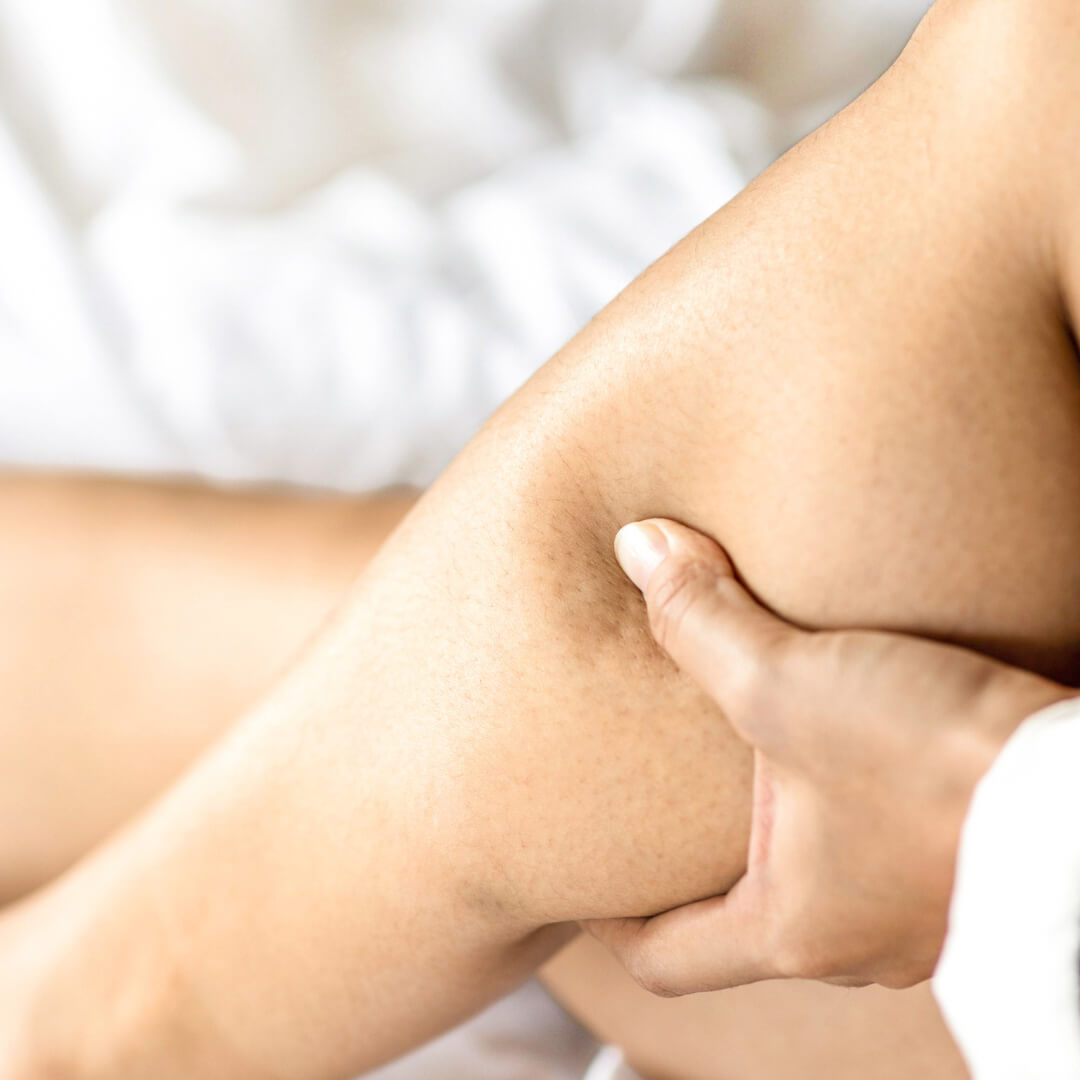
What causes swelling?
Your veins have a unique and efficient way of moving your blood around your body, allowing only one direction of blood flow from the heart back to the lungs. When blood gets all the way to your feet, it then has to work against the weight of gravity, and against the weight of your body, which is significantly harder than when it flows with the aid of gravity. When circulation suffers and veins are under too much strain, the valves that protect this one-way flow can weaken and eventually stop working altogether, which causes blood to pool in the legs. This pooling is visible to us either in twisted varicose veins, or in localized swelling. The more pressure, the more valves malfunction, and the worse the swelling will become.
As varicose veins (also known as varicosities) worsen, such as with increased swelling, blood clots become a larger concern, and in extreme cases venous ulcers and open wounds can be the result of leaking vein walls. Managing circulation, among other risk factors, can help manage and remedy diseased and malfunctioning varicose veins.
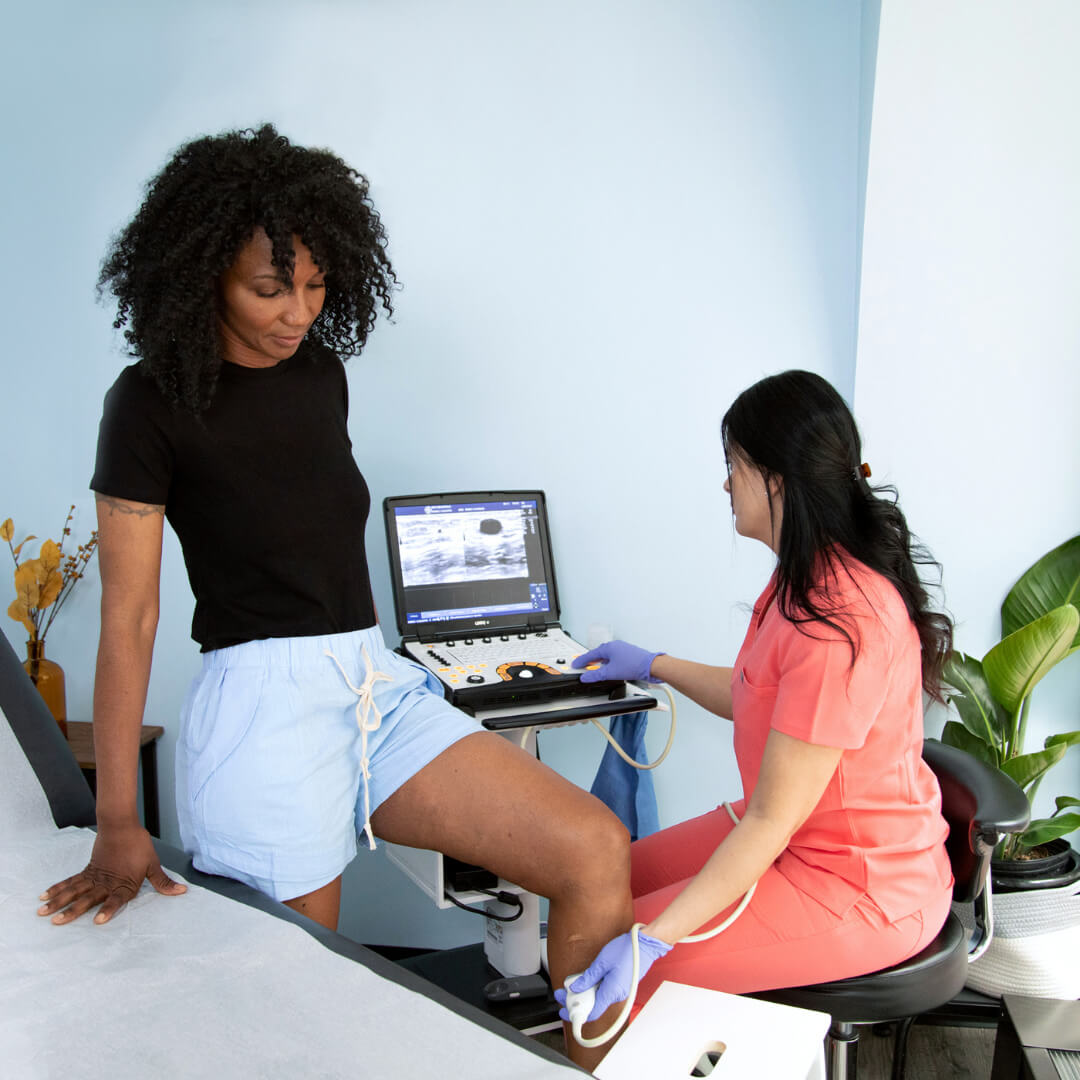
What are the risk factors for swelling legs?
Varicose veins and related symptoms, commonly visible swelling and discomfort, can result from genetic and/or lifestyle factors. Anyone, regardless of how active or inactive they are, can develop varicose veins! Symptoms range from visible swelling, skin discoloration, and ulcers to invisible sensations like aching, heaviness, and restless legs.
Do you…
- Smoke?
- Travel frequently and/or for long periods by air?
- Lead a sedentary lifestyle?
- Have a family history of vein disease?
- Take hormonal birth control?
- Have diabetes?
Are you…
- A pregnant or postpartum woman?
- Over the age of 50?
- Diagnosed as overweight?
Anyone can develop varicose veins and vein disease due to hereditary factors, job stressors, and lifestyle. Though women are far more likely than men to have varicose veins, men are a significant percentage of patients. In fact, 2 out of 3 women and 1 out of 3 men will develop some form of vein disease during their lifetime. Factors such as standing on your feet all day, age, pregnancy, and increased weight are just a few reasons why certain people suffer from painful varicose veins.
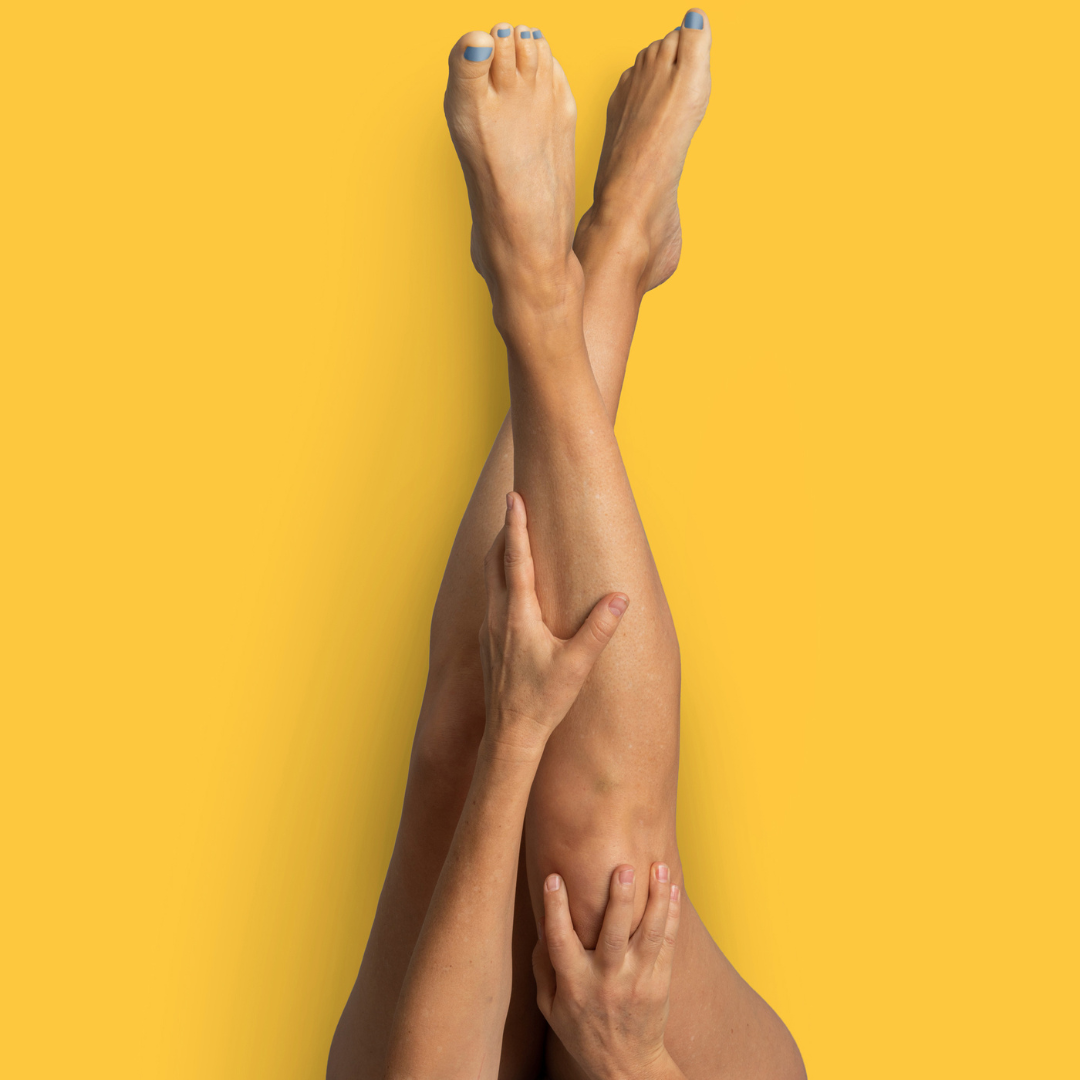
What can you do to treat and prevent swelling in the legs?
In order to treat the swelling you may be experiencing, we need to treat the cause: Poor circulation, resulting in chronic venous insufficiency, is one of the most common underlying issues with vein disease. We offer a wide variety of FDA-approved and minimally invasive varicose vein treatments in our vein clinics. From radiofrequency ablation (RFA) to sclerotherapy and varithena, we’ve got you covered. Varicose vein treatment is covered by most insurance providers. We accept more than 200 insurance plans and are happy to discuss the details with your vein specialist, who will develop a custom treatment plan for your unique needs.
Unfortunately, preventing swelling without vein treatment is not always possible, as many factors such as genetics, familial history, sex/gender, and even weight are outside our control. However, there are some lifestyle changes that can decrease your risk for developing varicosities. Quitting smoking, maintaining a healthy weight, eating a balanced diet, and exercising regularly can improve circulation and lessen the chance of varicose vein development. Even light exercise has been proven to promote healthy blood flow. Wearing compression socks and elevating the legs also improves circulation.
If you have noticed varicose veins on your legs or are concerned about swelling in your legs being linked to visible or invisible varicose veins, the best course of action is to see a vein doctor. Vein disease is progressive, so it’s best to get checked as soon as you notice symptoms or visible signs of varicosities. For more information on swelling and varicose veins, book a free evaluation at one of our nationally accredited vein clinics. We can be reached at 866-629-9848 with any questions.
Swelling Legs Myth Busting Q&A
Compression socks can provide temporary improvements in leg swelling, but if your veins themselves are malfunctioning, the swelling will return after removing compression garments. Ice will have no impact on your venous swelling, as the issue isn’t inflammation (like with a sprained ankle). The most important thing to remember when considering at-home solutions is that vein disease is progressive and will worsen if left untreated. Postponing treatment in hopes that your symptoms will go away can result in further damage to your body. Varicose veins left untreated can lead to loss of mobility, blood clots, and even venous ulcers. In severe cases of unchecked swelling, that may lead to leaking veins. Once the valves in the veins are broken, varicose veins cannot revert back to normal. Think of them like a broken bone: To prevent the bone from healing incorrectly, it needs to be properly set. In order for your circulation to return to a healthy state, blood will need to be rerouted away from the diseased vein.
Elevation can improve circulation while elevation is taking place. Because your veins are no longer able to maintain healthy blood flow, blood will continue to pool while you are standing, sitting, or going about your daily tasks, causing persistent swelling. The only solution for poor circulation (and other common symptoms of vein disease) is to be evaluated and treated by a board-certified vein specialist. Varicose vein treatments are minimally invasive and require very short downtime to recover, often just the temporary use of compression and elevation after vein treatment.
(blog-snippets: common-signs-and-symptoms-of-venous-diseaseAlthough swelling in the legs can take place during later stages of pregnancy, the increase in blood volume and strain of carrying a growing being and additional weight also puts pregnant people at a higher risk of developing varicose veins! We do not recommend treatment during pregnancy, but if you notice swelling, discomfort, or discoloration in your legs that was persistent during your pregnancy and has not gone away postpartum (six months to a year after childbirth), it’s best to consult a vein doctor about your treatment options. Luckily, minimally invasive vein treatments are all outpatient therapies performed in our vein clinics — the average time spent in treatment is around half an hour. We understand your time is precious, especially so if you’re tending to young ones. Treatment is available, and recovery downtime is short. We’ve got you covered.
How do Vein Treatments Work?
Vein treatments work by closing off unhealthy veins, just in different ways! Once closed, blood flow naturally reroutes through neighboring healthy veins.
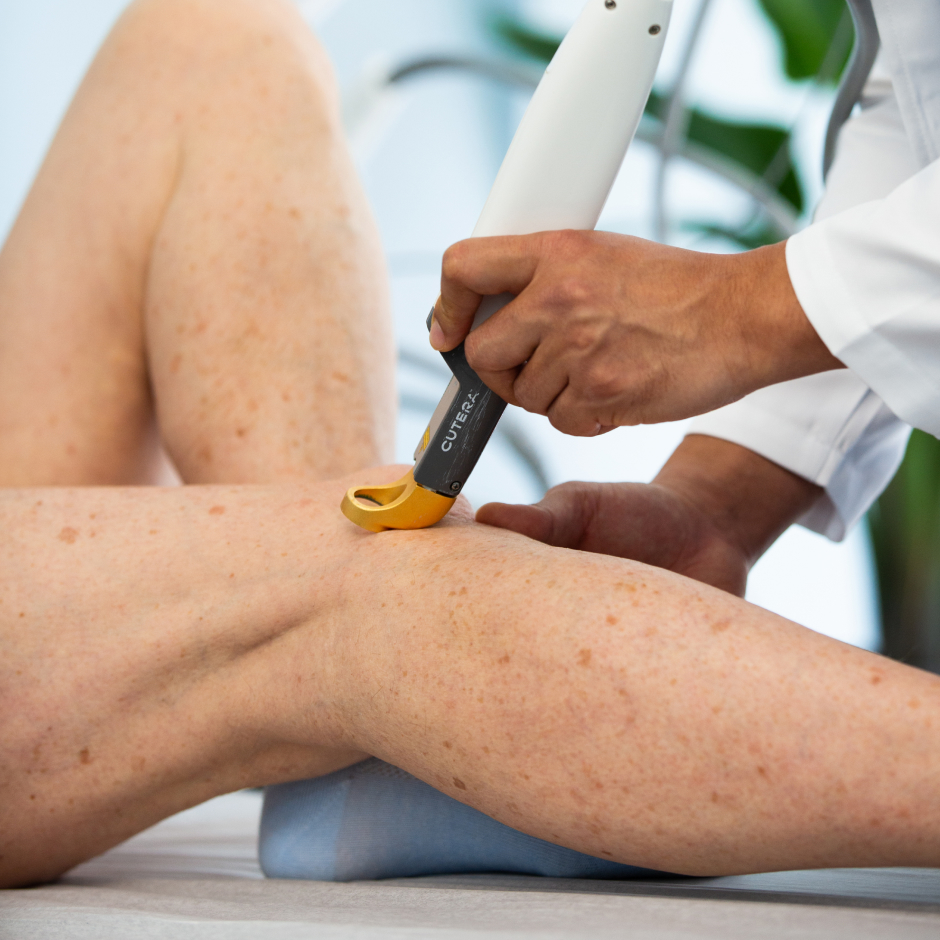

Swelling Legs Treatments
- State-of-the-Art
- Ultrasound Guided
- Less Than 30 Minutes
- FDA-Approved
- Minimally Invasive
- Minimal Downtime
Let’s talk about you
What are your veins like?
Get a snapshot of your vein health in just a few clicks.


